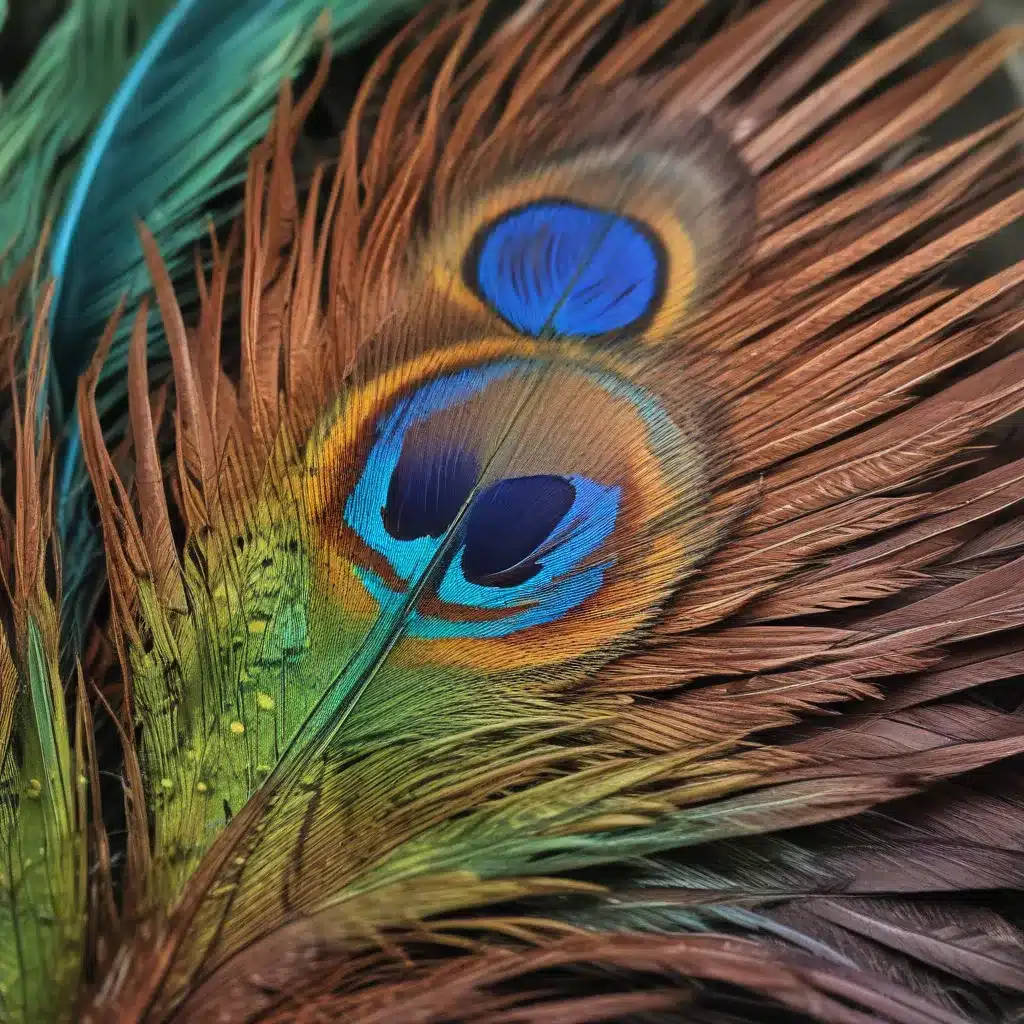
Avian Diversity and Taxonomy
From the bold-hued peacock to the understated sparrow, the remarkable diversity of avian species is a true wonder of nature. Birds belong to the class Aves, which encompasses over 10,000 known species across the world. This rich avian tapestry is divided into 23 distinct orders, each with their own unique evolutionary adaptations and specialized niches.
Avian Orders and Families
The largest order, Passeriformes, contains over 5,000 species of perching birds like songbirds, crows, and finches. Other well-known orders include Accipitriformes (hawks, eagles, and vultures), Strigiformes (owls), and Anseriformes (waterfowl). Within these orders, birds are further classified into families based on shared physical characteristics and behaviors. The dazzling hummingbirds, for instance, belong to the family Trochilidae, while the majestic cranes are part of Gruidae.
Avian Evolutionary Adaptations
This remarkable avian biodiversity has emerged through millennia of evolutionary processes. As birds diverged from their dinosaur ancestors, key adaptations like feathers, powered flight, and specialized beaks allowed them to thrive in a vast array of environments. The intricate patterning and coloration of bird plumage, in particular, have been shaped by natural and sexual selection to serve critical functions, from camouflage to communication.
Avian Integumentary System
At the heart of a bird’s appearance lies its integumentary system – the skin and associated structures like feathers, scales, and claws. This complex system not only protects the bird’s body, but also plays a crucial role in temperature regulation, waterproofing, and social signaling.
Feather Structure and Composition
Feathers, the iconic hallmark of birds, are comprised of a central shaft called the rachis, with delicate barbs extending outward. These barbs in turn have even finer barbules that interlock, creating the smooth, aerodynamic surface we recognize. Feathers are primarily made of the protein keratin, the same material that forms our own hair and nails.
Feather Pigmentation Mechanisms
The diverse colors and patterns of feathers are made possible by a variety of pigmentation mechanisms. Carotenoid pigments, obtained from the bird’s diet, provide vibrant yellows, oranges, and reds. In contrast, melanin pigments synthesized within the feather follicles produce browns, blacks, and grays. Certain species even utilize structural coloration, where the microscopic architecture of the feather refracts light to create iridescent hues.
Feather Iridescence and Structural Coloration
The shimmering, metallic feathers of hummingbirds and other species are the result of intricate feather microstructures. Layers of keratin and air pockets within the barbs and barbules act like a prism, splitting light into its spectrum and producing mesmerizing iridescent displays. This structural coloration can shift and change depending on the angle of view, creating an ever-shifting, kaleidoscopic effect.
Factors Influencing Feather Coloration
Feather coloration in birds is not a static trait, but rather a dynamic interplay of various biological and environmental factors. Understanding these influences is key to promoting optimal avian health and wellness.
Nutrition and Pigment Availability
An bird’s diet plays a crucial role in determining the vibrancy and quality of its plumage. Carotenoid pigments, for instance, must be obtained through the consumption of colorful plant matter, fruits, and insects. A diet deficient in these key nutrients can lead to dull, washed-out feathers. Likewise, adequate protein, vitamins, and minerals are essential for the proper development and maintenance of healthy feathers.
Environmental Conditions and Weathering
The external environment can also have a significant impact on feather appearance. Exposure to sunlight, rain, and abrasion can cause feathers to fade, fray, and become worn over time. Proper access to dust baths, perches, and other environmental enrichment allows birds to groom and maintain their plumage in peak condition.
Age, Sex, and Breeding Status
An individual bird’s age, sex, and reproductive status are also important factors in feather coloration. Juvenile birds often display duller, more camouflaged plumage compared to their adult counterparts. Sexually dimorphic species, where males and females differ in appearance, develop their bold breeding colors as they mature. And during the molt cycle, birds will periodically replace worn feathers with fresh, vibrant plumage.
The Biological Functions of Feather Coloration
Beyond their purely aesthetic appeal, the colors and patterns of avian plumage serve a variety of critical biological functions. These visual cues play pivotal roles in a bird’s survival and reproduction.
Sexual Selection and Mate Choice
Vibrant, ornate feathers are often the result of sexual selection, where individuals with the most striking appearances are favored as mates. Peacocks, for instance, use their elaborate trains to impress potential partners, while male birds of paradise engage in elaborate courtship displays. These striking visual signals convey important information about the individual’s health, fitness, and genetic quality.
Camouflage and Predator Avoidance
On the flip side, more subdued, cryptic plumage patterns can provide crucial camouflage, allowing birds to blend seamlessly into their environments and avoid detection by predators. Ground-dwelling species like quails and ptarmigan utilize disruptive patterns to conceal themselves, while arboreal birds may sport mottled greens and browns to disappear amongst the foliage.
Interspecific Communication and Social Signaling
Feather coloration also plays a vital role in interspecific communication and social interactions. Brilliant breeding colors, for example, allow birds to quickly and clearly convey information about their species, sex, and breeding status to potential mates and rivals. Even subtle variations in hue and pattern can signal dominance, aggression, or submissive behavior within a flock or colony.
Truly, the wonders of avian plumage are a testament to the evolutionary ingenuity of birds. By understanding the complex mechanisms and functions behind feather coloration, we can better appreciate the beauty and diversity of our feathered friends, while also promoting their overall health and well-being. For the dedicated avian enthusiast, exploring this captivating world of avian integumentary science is a true delight.
To learn more about the exceptional care and enrichment we provide our feathered companions, be sure to visit Mika Birds Farm. Our team of expert aviculturists is committed to supporting the physical, mental, and behavioral needs of every bird in our aviary.


